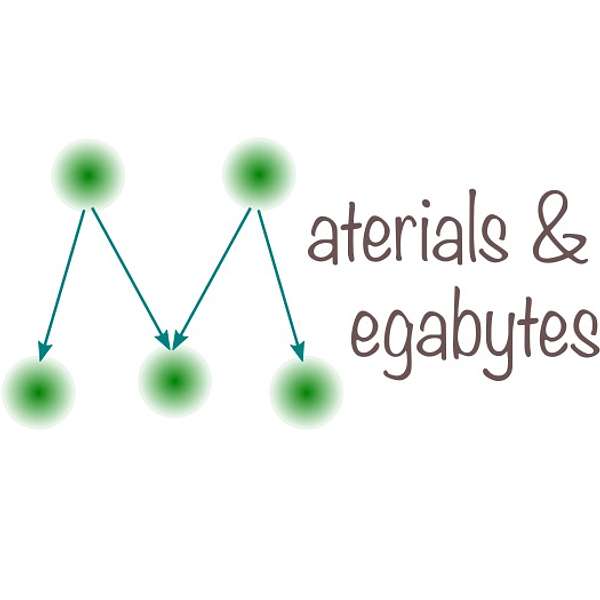
Materials and Megabytes
Exploring the development of machine learning for materials science, physics, and chemistry applications through conversation with researchers at the forefront of this growing interdisciplinary field. Brought to you in collaboration by the Stanford Materials Computation and Theory Group and Qian Yang's lab at the University of Connecticut.
Materials and Megabytes
Paper Interview - Learning from Failure: Predicting Electronic Structure Calculation Outcomes with Machine Learning Models
•
Stanford Materials Computation and Theory Group, Qian Yang's lab at the University of Connecticut
•
Season 3
•
Episode 2
We discuss the paper Learning from Failure: Predicting Electronic Structure Calculation Outcomes with Machine Learning Models with the author Prof. Heather J. Kulik.
Papers discussed in this episode:
- (Main discussion) Duan, C.; Janet, J. P.; Liu, F.; Nandy, A.; Kulik, H. J. Learning from Failure: Predicting Electronic Structure Calculation Outcomes with Machine Learning Models. J. Chem. Theory Comput. 2019, 15 (4), 2331–2345. https://doi.org/10.1021/acs.jctc.9b00057.
- (More on uncertainty metrics in latent space) Janet, J. P.; Duan, C.; Yang, T.; Nandy, A.; Kulik, H. J. A Quantitative Uncertainty Metric Controls Error in Neural Network-Driven Chemical Discovery. Chem. Sci. 2019, 10 (34), 7913–7922. https://doi.org/10.1039/C9SC02298H.
- (Follow-up paper with active learning) Janet, J. P.; Ramesh, S.; Duan, C.; Kulik, H. Accurate Multi-Objective Design in a Space of Millions of Transition Metal Complexes with Neural-Network-Driven Efficient Global Optimization. 2019. https://doi.org/10.26434/chemrxiv.11367572.v1.
Kulik group website: http://hjkgrp.mit.edu/